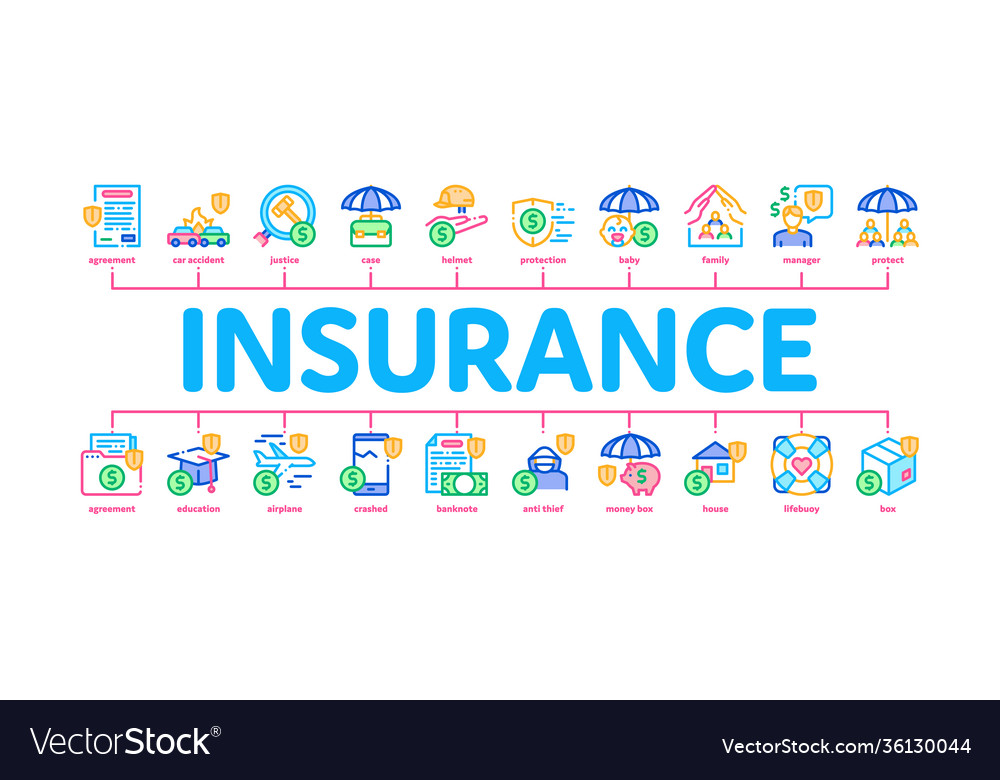An Unbiased View of Pacific Prime
An Unbiased View of Pacific Prime
Blog Article
All About Pacific Prime
Table of ContentsPacific Prime Can Be Fun For EveryonePacific Prime - The FactsNot known Facts About Pacific PrimeThings about Pacific Prime
In a lot of states, the insurance company is called for to send you a copy of the changes to your policy. It is essential that you read Endorsements or Bikers so you understand just how your plan has actually transformed and if the plan is still adequate to fulfill your demands. To acquire a copy of your insurance plan, please contact your insurance policy representative or company.
The Institute of Medication (IOM) Board on the Repercussions of Uninsurance launches a prolonged assessment of evidence that addresses the importance of health insurance protection with the magazine of this report. Protection Issues is the very first in a series of 6 reports that will be issued over the following two years recording the truth and repercussions of having actually an estimated 40 million people in the USA without medical insurance protection.

Not known Facts About Pacific Prime
The goal of this series of studies is to refocus plan attention on a historical problem. Adhering to the longest economic growth in American background, in 1999, an estimated one out of every 6 Americans32 million adults under the age of 65 and even more than 10 million childrenremains uninsured (Mills, 2000).

10 percent of the population make up 70 percent of health care expenditures, a correlation that has continued to be consistent over the past 3 decades (Berk and Monheit, 2001) - global health insurance. Thus medical insurance remains to offer the feature of spreading out risk even as it significantly funds regular treatment. From the viewpoint of health care companies, insurance policy lugged by their people helps secure an income stream, and neighborhoods take advantage of monetarily viable and stable healthcare experts and establishments
Federal government provides medical insurance to populations whom the personal market may not serve efficiently, such as impaired and senior citizens, and populaces whose accessibility to wellness treatment is socially valued, such as kids and expecting women. The supreme ends of health insurance coverage for the specific and neighborhoods, consisting of office communities of staff members and companies, are improved wellness results and high quality of life.
The Pacific Prime Diaries
Staff members place wellness insurance policy first without a doubt in significance among all the benefits supplied in the office (Salisbury, 2001). Although there have been sizable investments of personal and public funds to supply medical insurance, lots of people still have no insurance coverage. Regardless of comprehensive coverage of survey findings and healthcare research study results, the public stays overwhelmed and misinformed regarding Americans without health insurance policy and the effects of lacking insurance coverage.

Without question, the intricacy of American healthcare financing mechanisms and the riches of resources of details contribute to the public's confusion and skepticism regarding medical insurance data and their interpretation. This report and those that will certainly follow purpose to distill and present in readily reasonable terms the considerable research that bears upon questions of health insurance coverage and its value.
Fifty-seven percent of Americans surveyed in 1999 believed that those without medical insurance are "able to obtain the treatment they need from doctors and healthcare facilities" (Blendon et al., 1999, p. 207). In 1993, when national attention was focused on the problems of the uninsured and on pending healthcare regulation, simply 43 percent of those surveyed held this idea (Blendon et al., 1999).

They additionally get fewer preventative solutions and are less most likely to have routine take care of chronic problems such as hypertension and diabetes mellitus. Persistent diseases can bring about pricey and disabling difficulties if they are not well handled (Lurie et al., 1984; Lurie et al., 1986; Ayanian et al., 2000). One national study asked even more than 3,400 adults about 15 very significant or dark conditions.
Getting My Pacific Prime To Work
Added evidence is provided later on in this phase in the discussion of insurance and accessibility to health treatment. https://pastebin.com/u/pacificpr1me. People without health and wellness insurance Get More Information coverage are young and healthy and select to go without insurance coverage. Virtually half (43 percent) of those evaluated in 2000 believed that individuals without medical insurance are more probable to have illness than individuals with insurance coverage
Voters and plan makers in emphasis team discussions characterize those without insurance policy as young people who have the opportunity to be covered and feel they do not require it (Concierge Novelli, 2001). Compared to those with a minimum of some private insurance coverage, the uninsured are much less most likely to report remaining in exceptional or excellent wellness (Firm for Medical Care Research and Quality, 2001).
SOURCE: Center for Price and Funding Researches, Firm for Healthcare Research Study and Top quality, based on MEPS data. Young person between 19 and 34 are even more most likely to lack health and wellness insurance coverage than any type of various other age team. This is mainly since they are less usually qualified for employment-based insurance due to the nature of their job or their short period in it.
The perception that individuals without insurance policy have better-than-average wellness follows from confusing the fairly young age profile of the without insurance with the far better wellness, usually, of more youthful persons. This obscures the link between health condition and medical insurance. For those without accessibility to office medical insurance, poor health is a potential barrier to purchasing nongroup coverage because such protection might be highly valued, exclude preexisting problems, or be merely not available.
Report this page